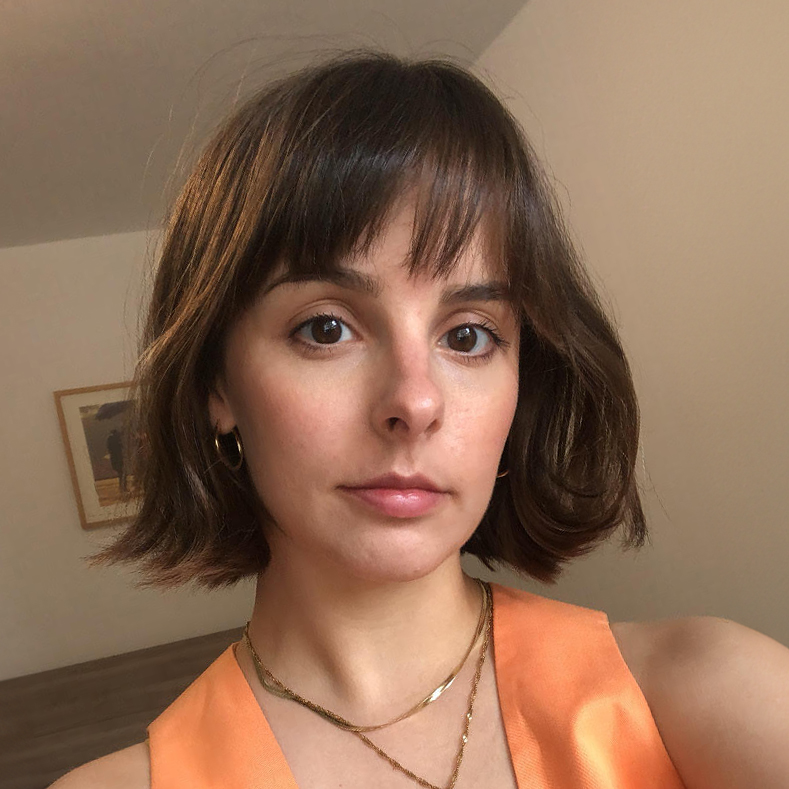‘In my twenties I was asked by a newspaper to test out an orgasm machine. I said, "Absolutely"’: Elizabeth Day on her early career in journalism and consuming passions
The author and journalist chats to Lotte Brundle.
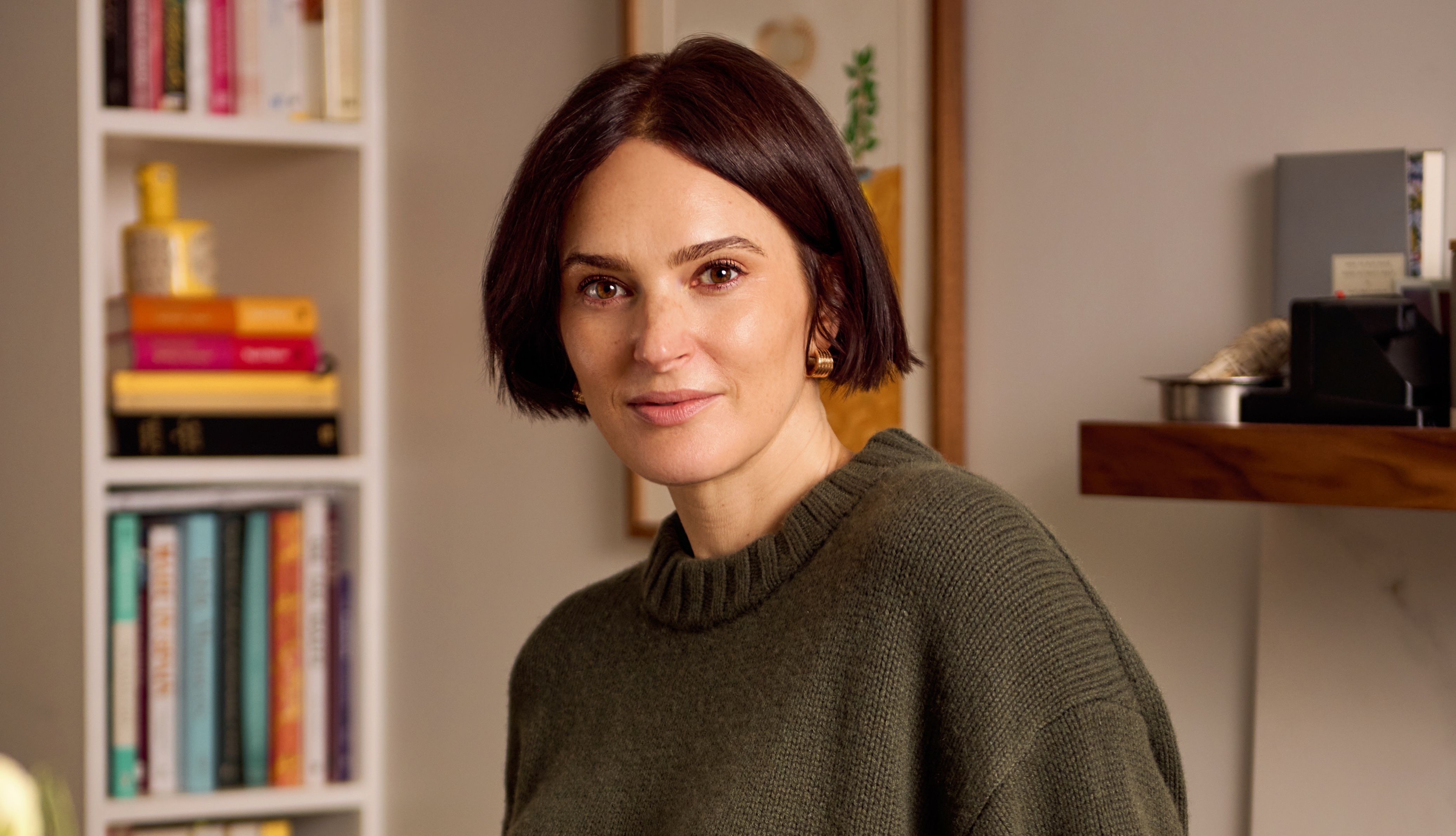
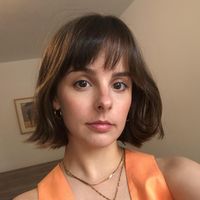
‘I actually did always want to be a writer,’ says Elizabeth Day, the author, journalist and podcast host of the immensely successful How to Fail, where she’s interviewed everyone from Katie Price to Salman Rushdie and Rory Stewart. ‘I remember, aged four, loving books and wanting to be an author, which is quite a weird thing for a four year old to think about, especially coming from a family that has no authors in it.’ Elizabeth’s novels include Paradise City; The Party; Magpie and now her Sunday Times bestselling thriller One of Us — a state-of-the-nation novel that satirises the upper classes and serves as the sequel to her novel The Party.
Born to ‘voracious readers’, Elizabeth grew up in a house full of books. Her mother, a primary school French teacher who later became a magistrate, taught her to read and write before she went to school. ‘I just knew, early on, that stories were this amazing way of escaping into your imagination,’ she says. The first book she became obsessed with was Meg and Mog, a children's book by Helen Nicoll which follows a witch and her cat. The book that really shaped her came later. She remembers her father, a surgeon with the NHS, reading her Anne of Green Gables by L. M. Montgomery. ‘It showed me just how alive you could make a character, because Anne Shirley, to me, still feels like a friend.’
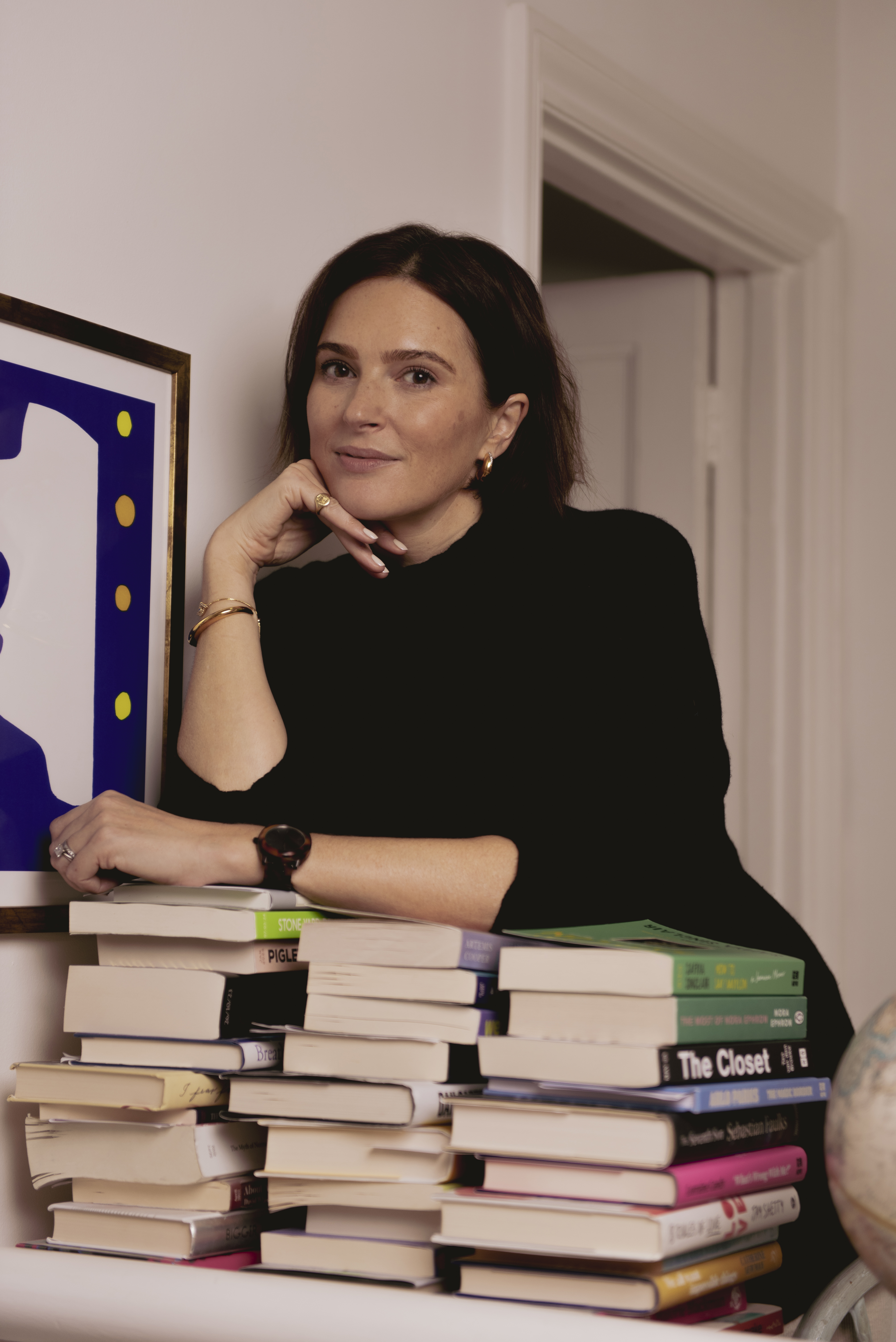
The author went to Cambridge University. 'I didn't apply, I would probably be disowned,' she jokes.
Aged four, the family moved to Northern Ireland from England for her father’s work. ‘I went to a secondary school in Belfast for two-and-a-bit years and I didn't have a good time there, because I speak with a very English accent, and at that particular time in Northern Ireland it was quite a tricky time to have this kind of accent,’ Elizabeth says.
She left after attaining a scholarship to Malvern Girls' College, a private day and boarding school in Worcestershire. ‘It was the saving of me,’ she says, describing the public speaking and debating she pursued whilst there as being vital to her self-confidence.
She was a straight-A student who went on to attend Cambridge University. ‘All of my family, more or less, have gone to Cambridge. So there was also a sort of unspoken sense that if I didn't apply, I would probably be disowned. I'm only vaguely joking,’ says the author, whose parents met at the university and whose older sister had already been there when it came around to Elizabeth’s time to apply.
She studied history at Queen’s College, which was also where her journalistic career began, at Varsity, the student newspaper. After graduating with a double first — ’genuinely one of the proudest achievements of my life. I don’t even care if it comes across as a humble brag’ — she landed a job at the Evening Standard after a week's work experience saw her get an exclusive scoop for the paper. Women who worked for the Ministry of Defence in the army were getting boob jobs at the tax payers expense, Elizabeth found out. Her reward was an interview with the then-editor Max Hastings, who offered her a job on the Londoner’s Diary column.
On her first day she was sent to a ‘glamorous but scary’ party at Spencer House in Westminster where Sir Dennis Thatcher, the businessman and husband of Margaret Thatcher; Lady Victoria Hervey, the socialite and former girlfriend of Prince Andrew; and Willian Hague, the former leader of the Tory party, were in attendance. Her job? To get a quote for the next day’s paper. ‘It was incredibly intimidating,’ she says. ‘It was also a really fun place to work. And in those days you could still smoke in the office and go for long boozy lunches — so there was that as well.’
Exquisite houses, the beauty of Nature, and how to get the most from your life, straight to your inbox.
After a year, Elizabeth left the Evening Standard to work for The Sunday Telegraph as a news reporter. She went on to write for ELLE magazine, The Mail on Sunday and The Observer. The worst piece she ever wrote for a newspaper (not the Evening Standard, she hastens to add) was when she was asked as a reporter in her twenties to try out an orgasm machine in her rented flat in Sheperd’s Bush. ‘I didn’t even think twice. I was like: "Absolutely. I want to be taken seriously as a feature writer. Slap the electrodes on me.”’ Looking back ‘that was a low point,’ she says.
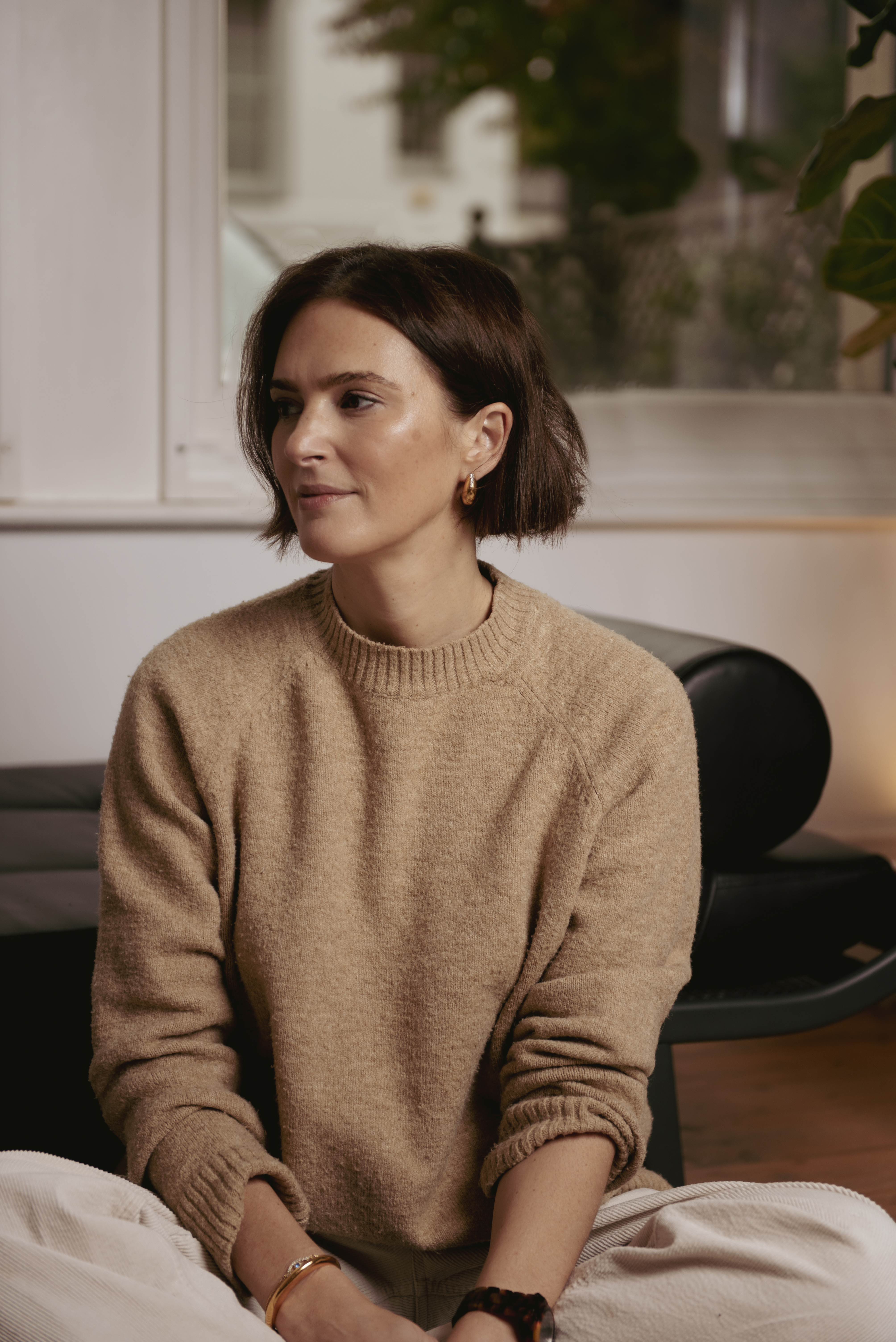
The author has spoken openly during the past year about her struggles with IVF.
The writer has been married twice, first to the journalist Kamal Ahmed, who was the business editor of BBC News, who she wed in 2011 and subsequently divorced. Her current husband is Justin Basini, the CEO and co-founder of ClearScore, the personal finance company. ‘I'm tremendously proud of everything that he's achieved, but he's someone who is much more private than I am, and that's also been really great for me. I think I actively wanted someone who wasn't in the media,’ Elizabeth says.
She met Justin in her late 30s. ‘I just got so lucky that in a field of dregs, I eventually was matched with this prince of a man,’ she says of the somewhat lacking dating scene of the time. She has spoken openly during the past year about her struggles with IVF, miscarriage and her eventual acceptance that she will not be a mother. She’s made peace with it, she says and the Elizabeth I meet is chatty, passionate and enthusiastic. A person with fingers in many pies and who seems, despite the pitfalls she’s faced along the way, to be living her life now exactly the way she wants to be.
Your aesthetic hero
Cindy Crawford. I just love her so much — in all ages.
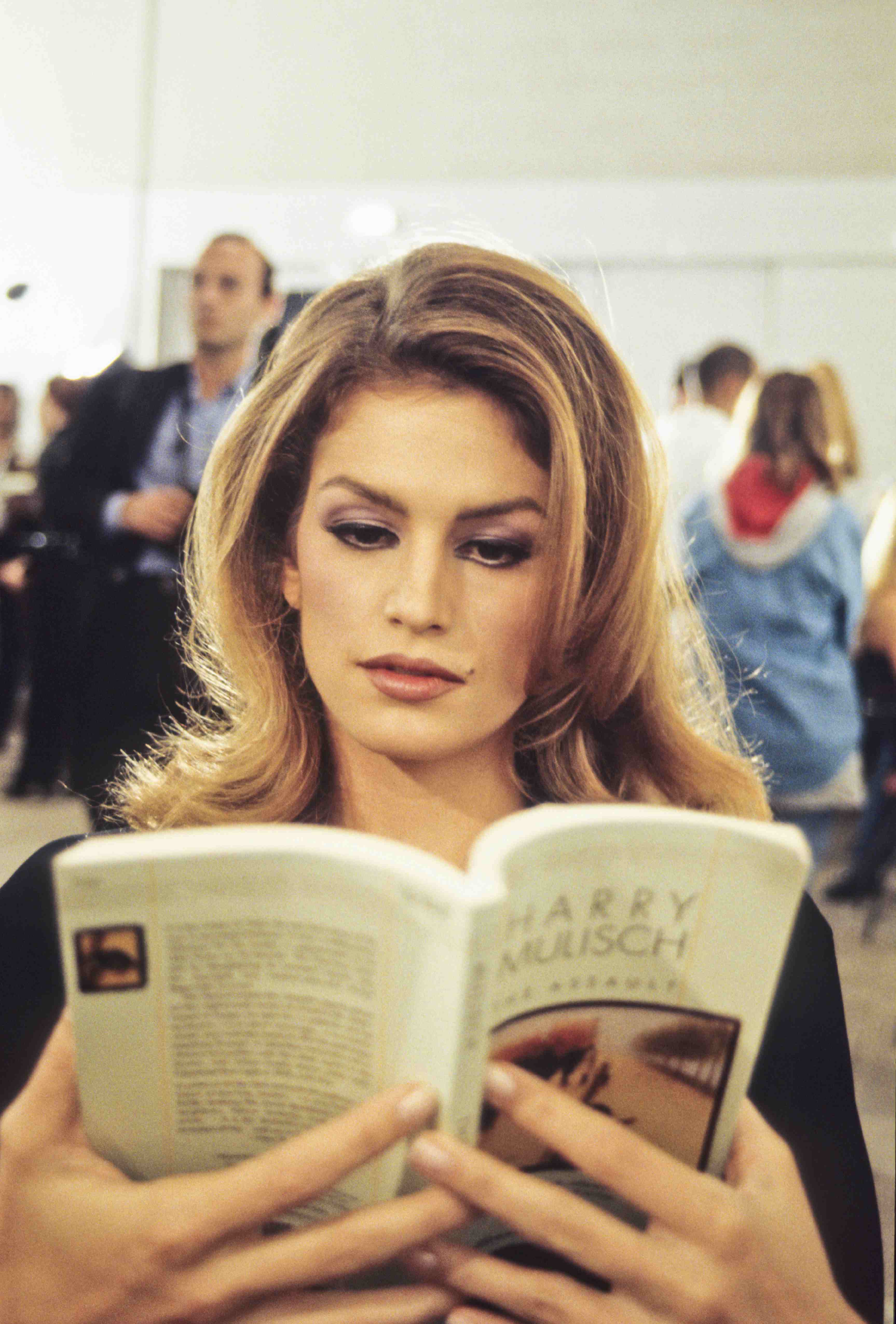
Cindy Crawford in the 1980s.
A book you found inspiring
The Bonfire of the Vanities by Tom Wolfe because it made me understand how you could have years as a journalist and then transform that journalistic training into this fizzing, kinetic narrative, and write something that was so exciting to read.
The music you work to
I don't generally work to music unless I am in a particularly noisy cafe, and then I will listen to Mozart's Requiem — basically the only piece of music I can listen to and write alongside.
Your favourite painting
The Floor Scrapers by Gustave Caillebotte. It hangs in the Musée d'Orsay in Paris, and it shows three men sanding, essentially by hand, a wooden parquet floor in what looks like a Parisian apartment, and they are stripped to the waist. That's not why I like it, but it's so beautifully rendered for many reasons. One is the perspective and the foreshortening, so it's sort of technically gifted, and it has this atmosphere of camaraderie and labour well executed, and I just find it a very compelling image. I remember going to the Musée d'Orsay and seeing it with my then boyfriend, Rich, who very sadly died in 2004, and so the other reason is that it always makes me think of him, as well.
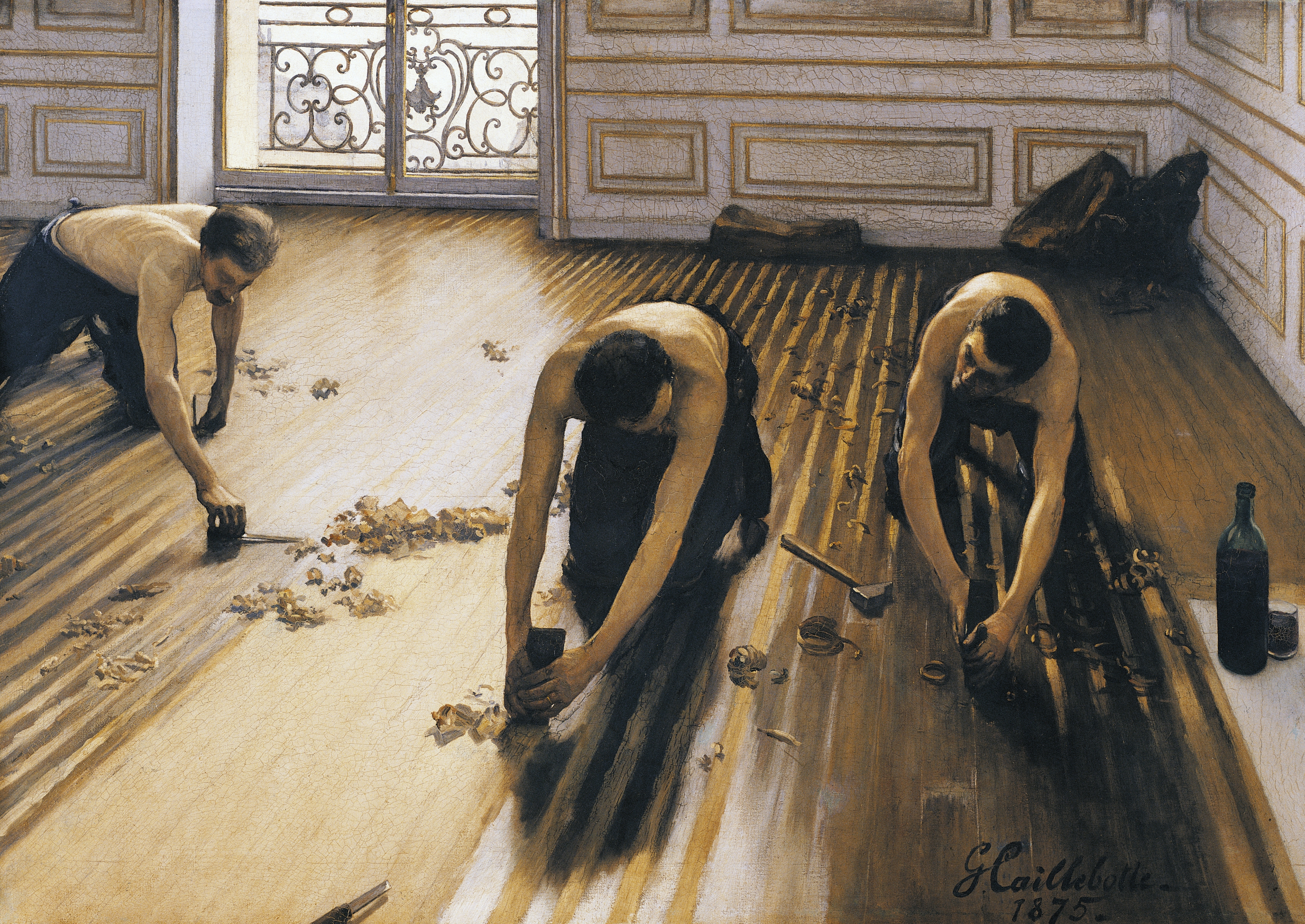
A possession you’d never sell
I don't consider my cat a possession, but I would never sell Huxley. The possession I would never sell is a cigarette case that belonged to my grandfather that I sleep with on my bedside table, and it's inscribed with his initials, the date 1948 and Cairo, which is where he was posted as a diplomat. And it's also where my grandparents got married. I was very close to my grandfather, and loved him a lot, and so it's a very special object for me.
A post shared by Elizabeth Day (@elizabday)
A photo posted by on
An exhibition that’s really impressed you
The one that I keep thinking of is the Marina Abramović retrospective that was at the Royal Academy a couple of years ago. An exhibition, if it's done at its best, is like the contents of an artistic genius's mind, and that's how it felt. I went with my friend and I remember there was one point where, for one of the art works, you had to walk through a naked man standing on one side and a naked woman standing on the other side, and it was an uncomfortably small aperture in which to get through, and you had to choose whether you’re facing the man or woman. My friend chose to face the man, so well done her.
What you’d take with you to a desert island
I heard someone recently on Desert Islands Discs who gave this answer, and I kind of want to steal it, which was a cinema that would play every single film I had ever watched, but I would take it one step further and ask for a cinema that plays every single film that has ever been made.
The best present you’ve ever received
My parents gave me a moped for my 21st birthday — that was pretty amazing. I was still at Cambridge, and I remember having to ride it from Cambridge to London in extremely cold weather with none of the gear and no idea, and I had to stop regularly to have hot chocolate so that I didn't get hypothermia. But after that, it was in London, and when I worked at the Evening Standard I used to moped to work every day.
A hotel you could go back and back to
Villa San Michele, which is in Fiesole outside Florence. It is a Belmont hotel, and it's exquisite in every single way. We were lucky enough to spend a couple of nights there last August. It just was not long enough, although too long for our bank balance. It's so beautiful that I cried when I walked in. It was just stunning. It's in this former monastery and the food is amazing — best caponata I've ever tasted.
A post shared by 𝐋𝐔𝐈𝐆𝐈 𝐅𝐑𝐀𝐆𝐎𝐋𝐀 𝐀𝐑𝐂𝐇𝐈𝐓𝐄𝐂𝐓𝐒 (@luigi_fragola_architect)
A photo posted by on
The last podcast you listened to
An episode of Watch What Crappens, which is a podcast hosted by two phenomenally funny gay men who do reenactments of Real Housewives episodes.
The last thing of note you bought yourself
A piece of art, a Maggi Hambling painting, because I like to buy a piece of art with every book that I publish with some of the advance so that I have something tangible that reminds me that I wrote a book and it got published.
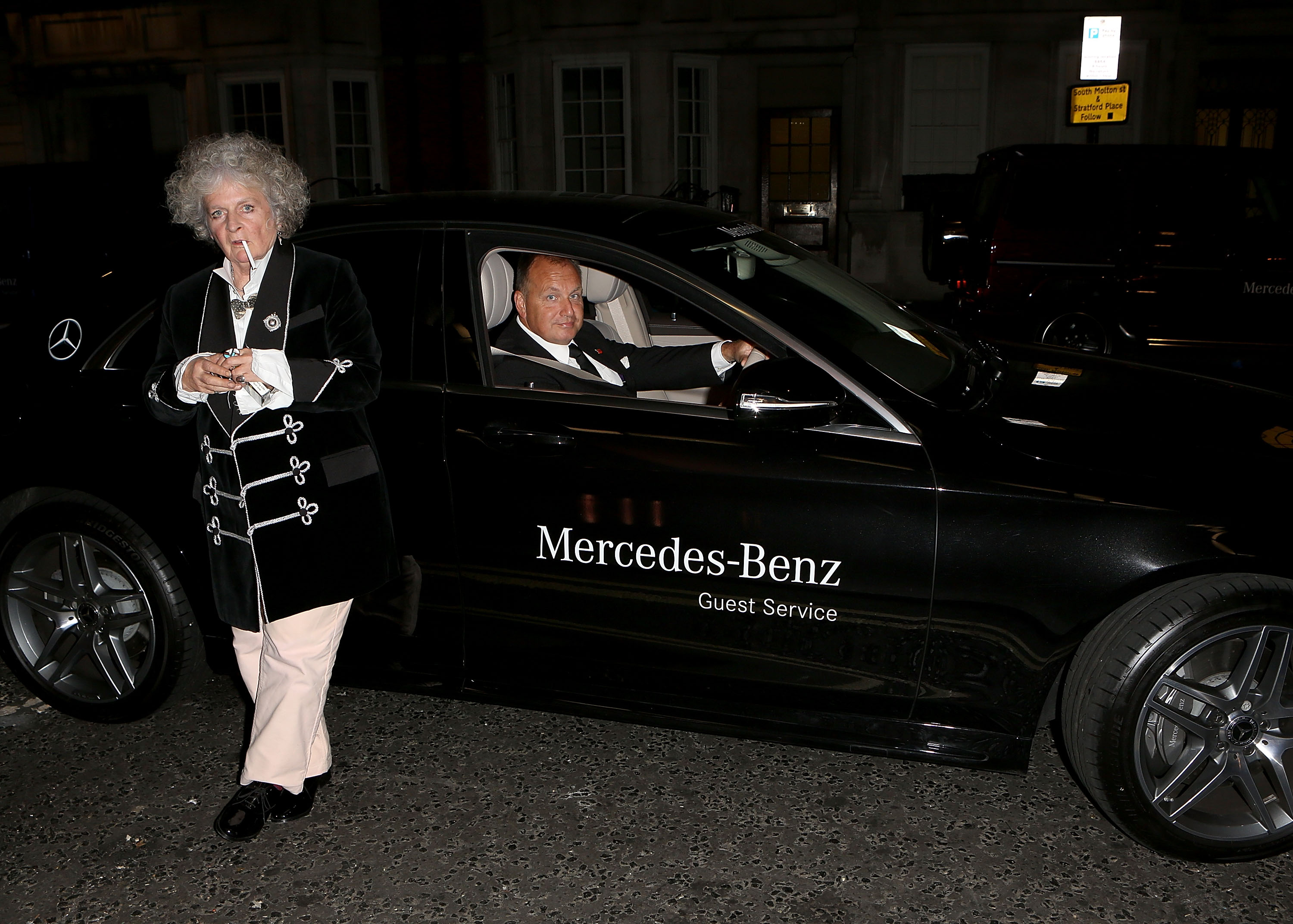
Maggi Hambling arriving at the Harper's Bazaar Women of the Year Awards in 2017.
The thing that gets you up in the morning
My cat meowing very loudly at 6am — sometimes 4:30am — claiming that I am going to forget to feed him, which is incorrect. My husband is not a fan of that, but he is also very good, generally speaking, at being the one to get up.
The actor that would play you in a film of your life
It’s hard to say without it sounding like a massive humble brag, but Keira Knightley or Rachel Weisz, because I actually just think they're both, obviously phenomenally beautiful brunettes, which I am not saying I am — I aspire — but also great actresses.
The items you collect
I keep all of the pieces that I write and interviews that I’ve done — oh, and books. I love physical copies of books and I suppose I collect an inexhaustible mental archive of reality TV programmes, as well.
The most memorable meal you’ve eaten
I love LA and I love having dinner at the Chateau Marmont and there was one particular dinner there with Justin. We had been dating for six months, I was in LA for a month on a book deadline, and he came out to see me for four days and we went for dinner.
A post shared by Elizabeth Day (@elizabday)
A photo posted by on
I had their salmon, which is delicious, accompanied by their truffle fries, also delicious, and a glass of red. I would have had a glass of Californian Pinot Noir, because I'm obsessed with that particular kind of wine, and I don't care that you're not meant to have red wine with salmon, because it was delicious. That was the first time that we said that we loved each other, and so I've got a real memory of that.
'One of us' by Elizabeth Day is out now (Harper Collins, £18.99)
Lotte is Country Life's digital writer. Before joining in 2025, she was checking commas and writing news headlines for The Times and The Sunday Times as a sub-editor. She has written for The Times, New Statesman, The Fence and Spectator World. She pens Country Life Online's arts and culture interview series, Consuming Passions.
-
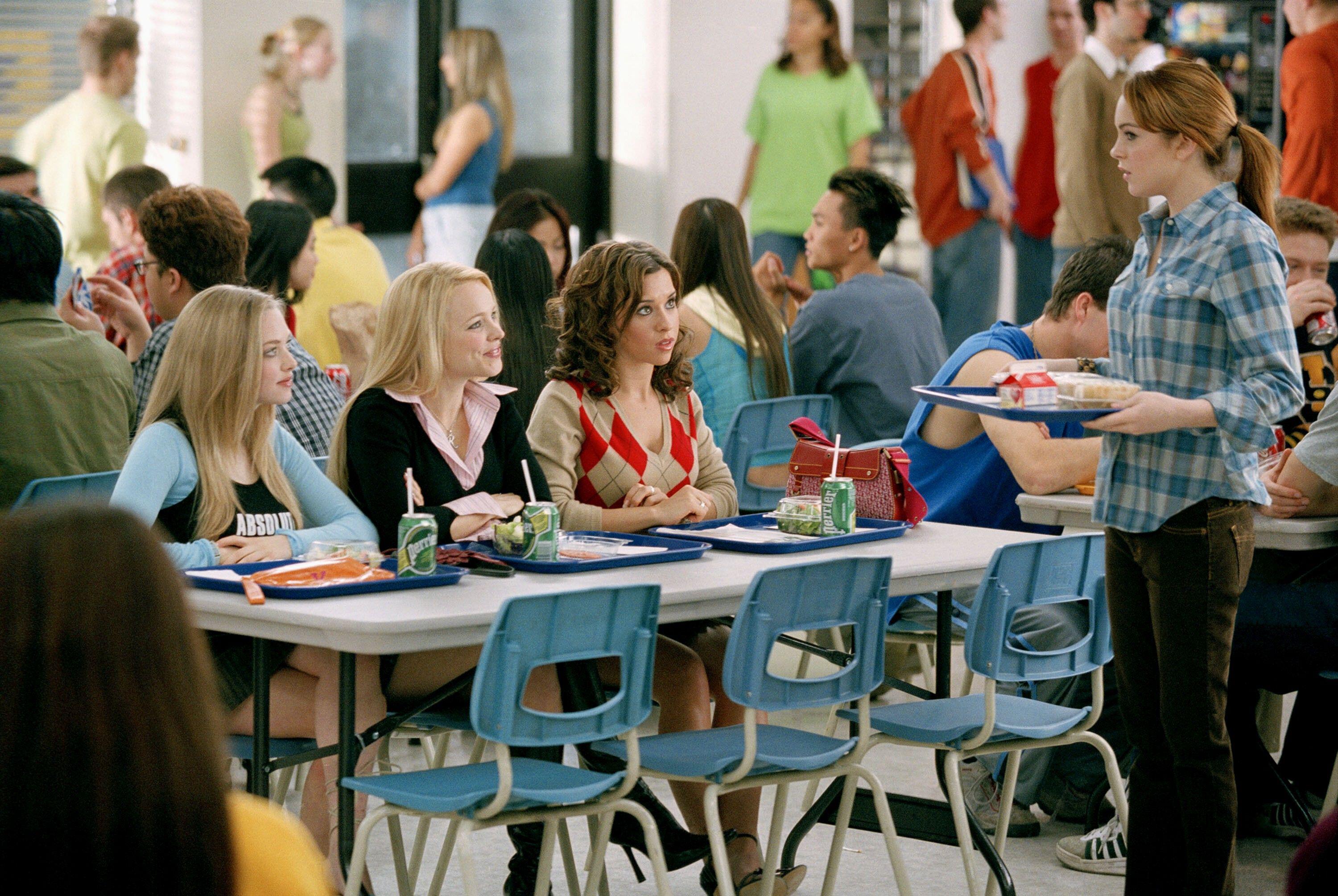 You can't sit with us unless you do the Country Life Quiz of the Day, December 8, 2025
You can't sit with us unless you do the Country Life Quiz of the Day, December 8, 2025Do you remember this film? It's in today's quiz.
-
 When Chelsea was grazing and pasture, not gazing and posture, this house was a Georgian dairy. Now it's a townhouse on SW3's swishest street
When Chelsea was grazing and pasture, not gazing and posture, this house was a Georgian dairy. Now it's a townhouse on SW3's swishest streetWill Hosie takes a look at The Old Dairy, a beautiful old home in SW3 that's seen the entire area grow up around it.
-
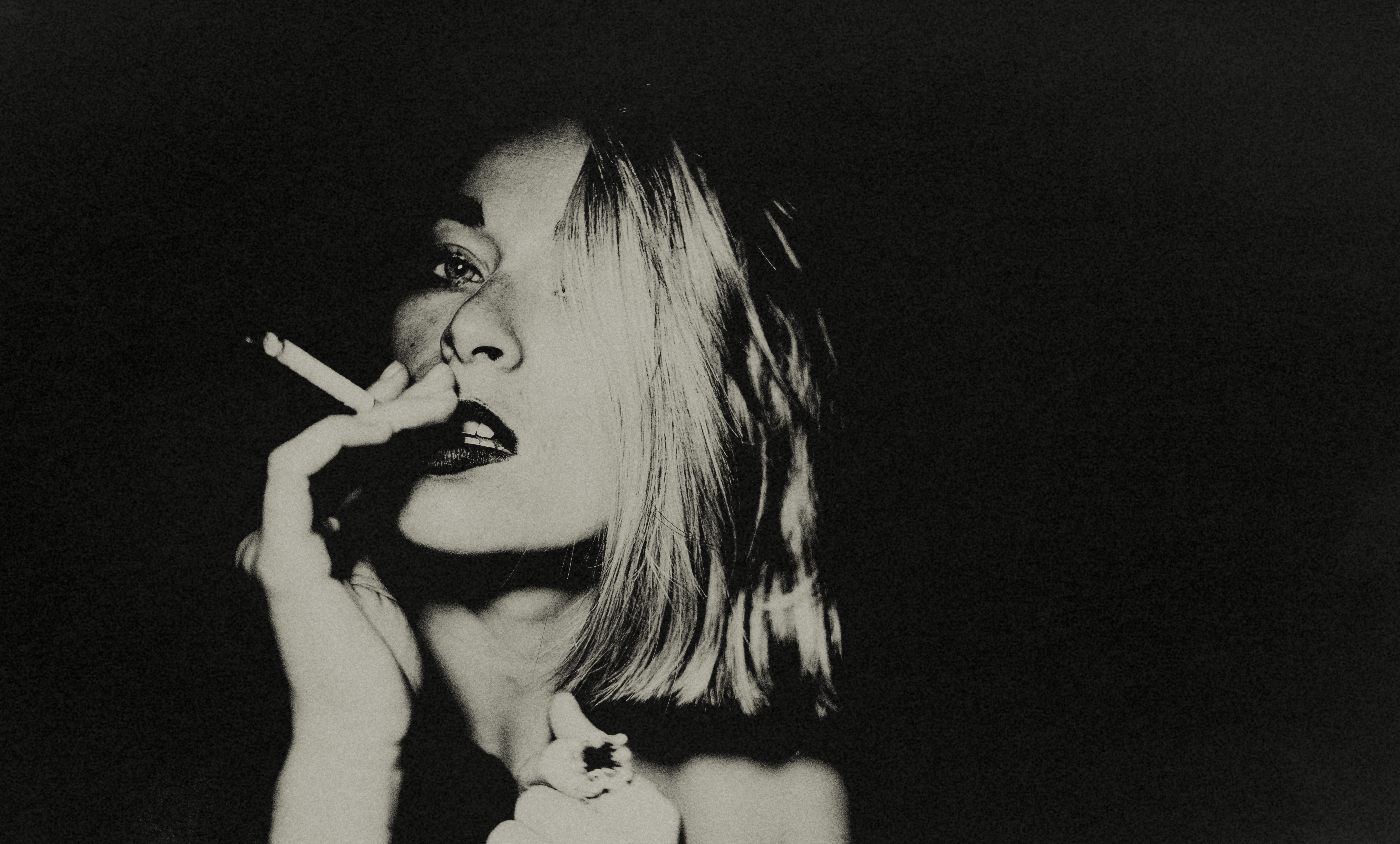 What is everyone talking about this week: (Whisper it) is smoking back?
What is everyone talking about this week: (Whisper it) is smoking back?You’d be forgiven for thinking that young people are a bunch of mopes, who refuse to drink, go dancing or have sex and are ruining British nightlife for all — but you're wrong, says Will Hosie.
-
 McLaren Special Operations — The secret Surrey skunkworks producing Britain's most bespoke supercars
McLaren Special Operations — The secret Surrey skunkworks producing Britain's most bespoke supercarsThere's owning a McLaren and then there's owning an MSO McLaren. James Fisher finds out what makes the bespoke division of Britain's premier supercar manufacturer so special.
-
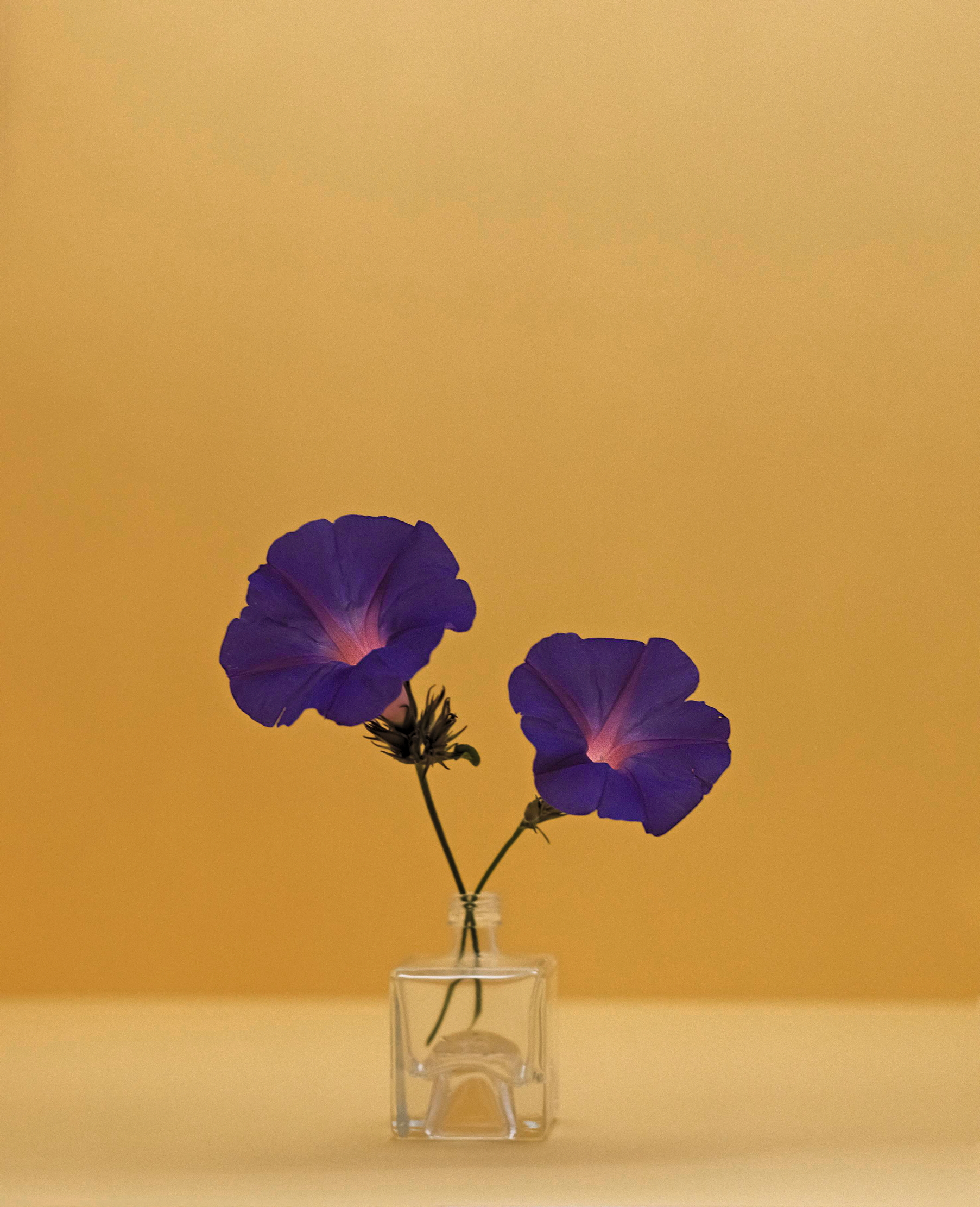 The greatest flowers make the greatest art
The greatest flowers make the greatest artA search for still-life subjects led Kate Friend to some of the greatest gardens and gardeners in the country
-
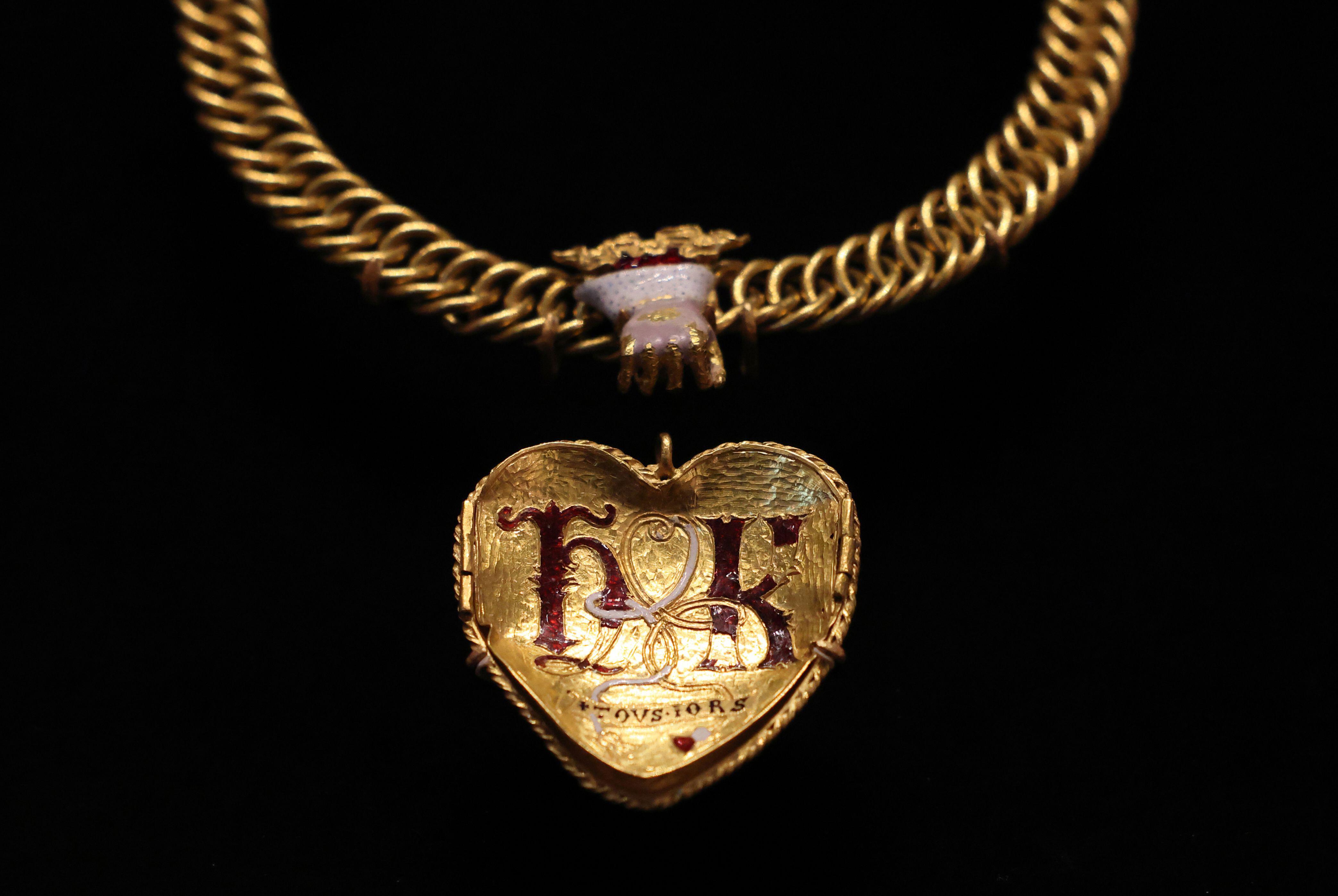 Is the British Museum's attempt to save a Tudor-era pendant with links to Henry VIII proof that the institution is on the up?
Is the British Museum's attempt to save a Tudor-era pendant with links to Henry VIII proof that the institution is on the up?After years of neglect and controversy, Britain's premier cultural institution seems to be finding its feet again.
-
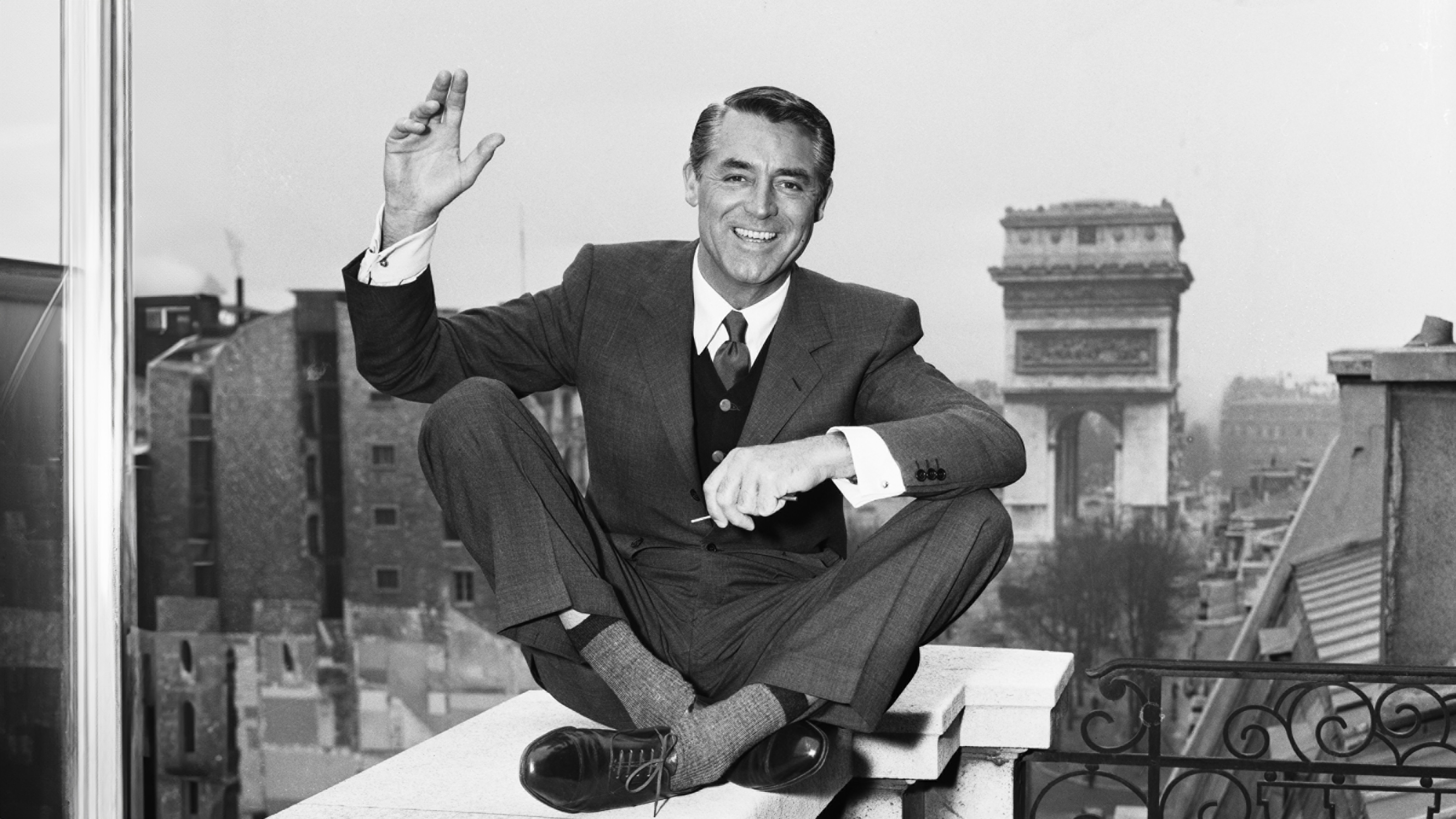 Suit yourself: I’m a 49 year-old man-about-town and I’ve never owned a suit
Suit yourself: I’m a 49 year-old man-about-town and I’ve never owned a suitWhen Hugh Smithson-Wright turned up to Country Life's annual Gentleman's Life party sans suit, it sparked a passionate conversation about why the formal fashion just isn't for everyone.
-
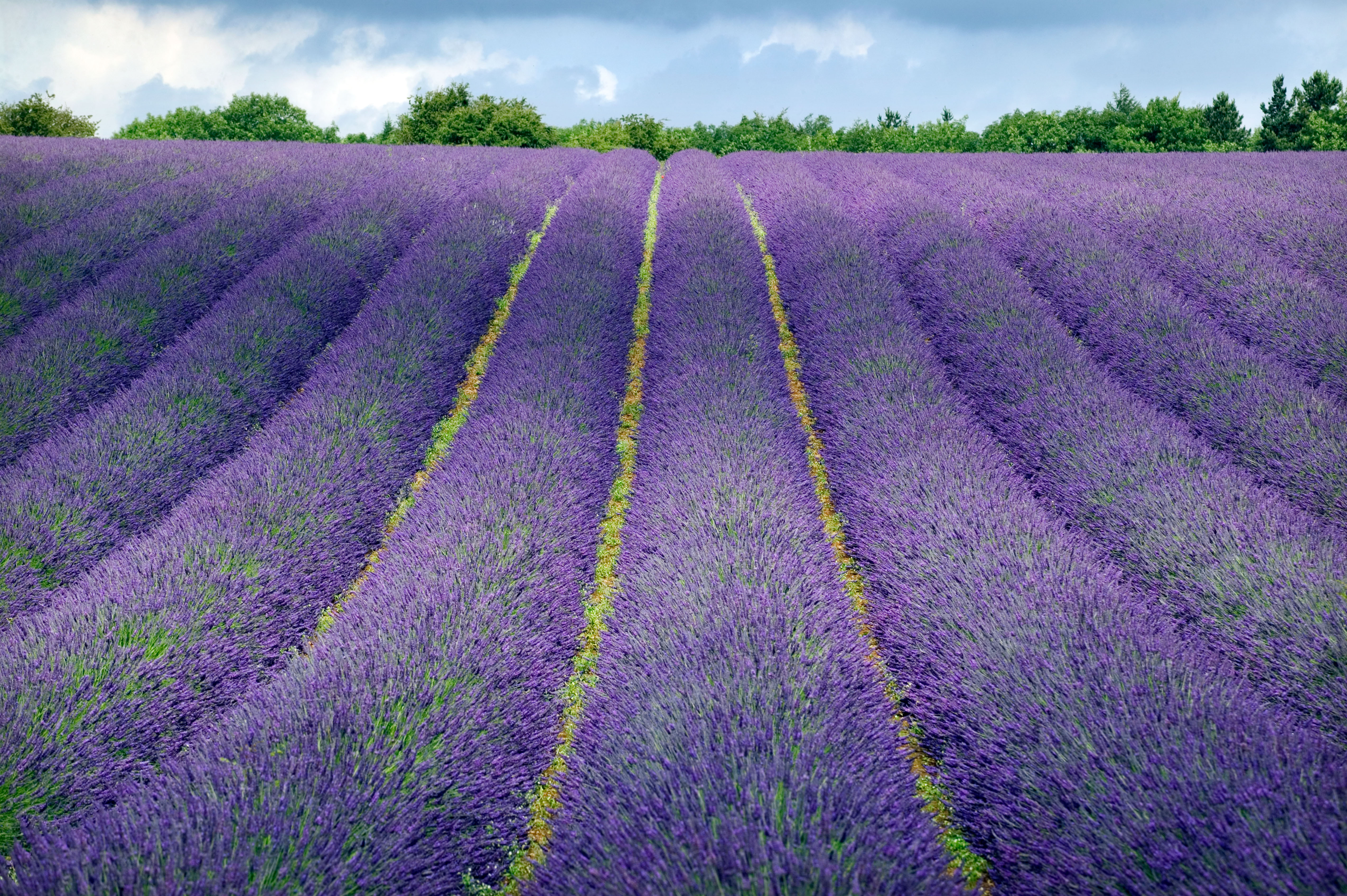 Meet the British perfumers squeezing landscapes into scents
Meet the British perfumers squeezing landscapes into scentsThe nuances of modern perfumery now allow a single drop to evoke an entire landscape. Amie Elizabeth White explores the native houses hitting the right notes
-
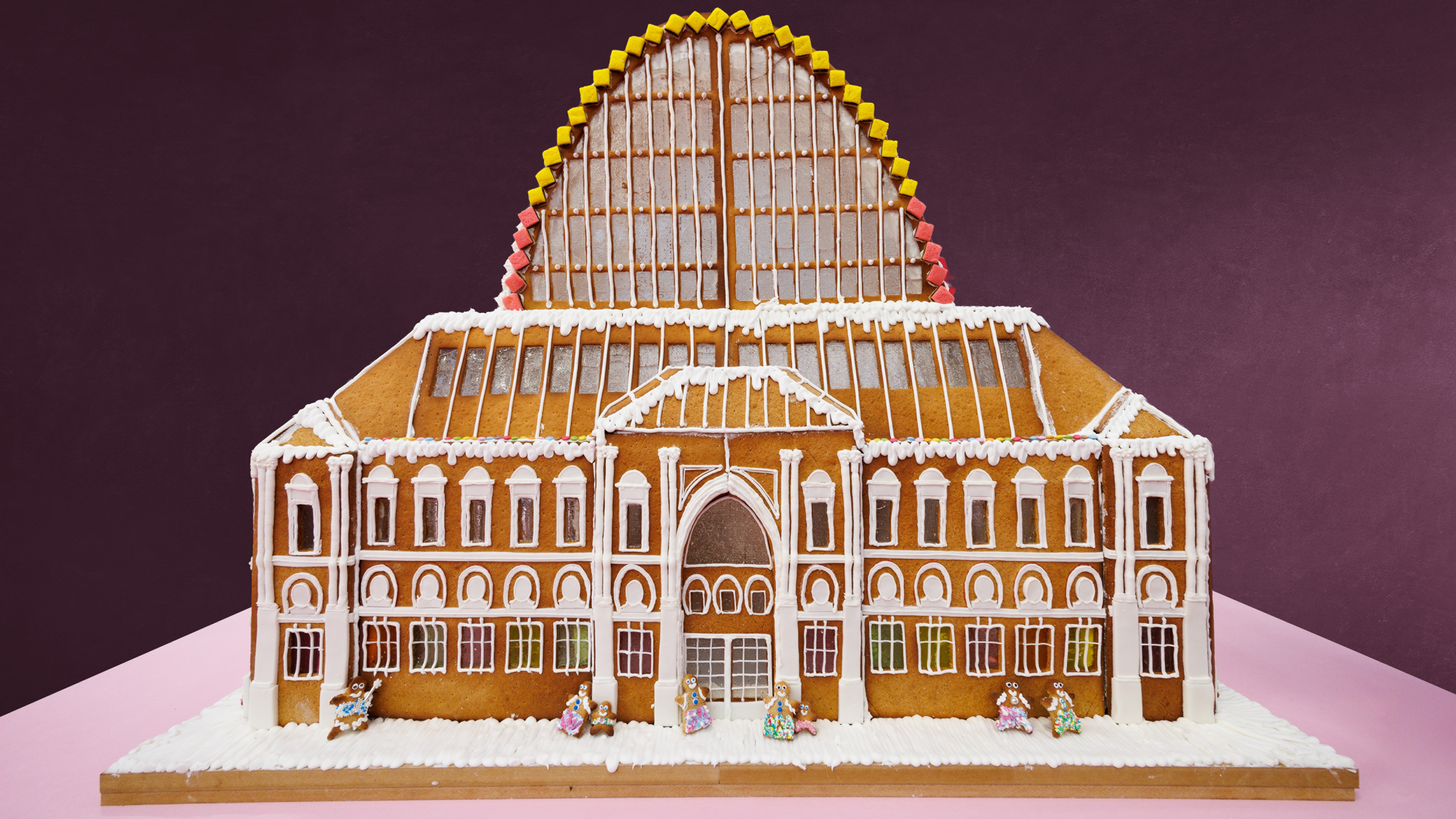 Sweet civilisation: What do you get when you ask architects to compete in a gingerbread competition?
Sweet civilisation: What do you get when you ask architects to compete in a gingerbread competition?The Gingerbread City is back in London’s Kings Cross. Lotte Brundle pays it a visit.
-
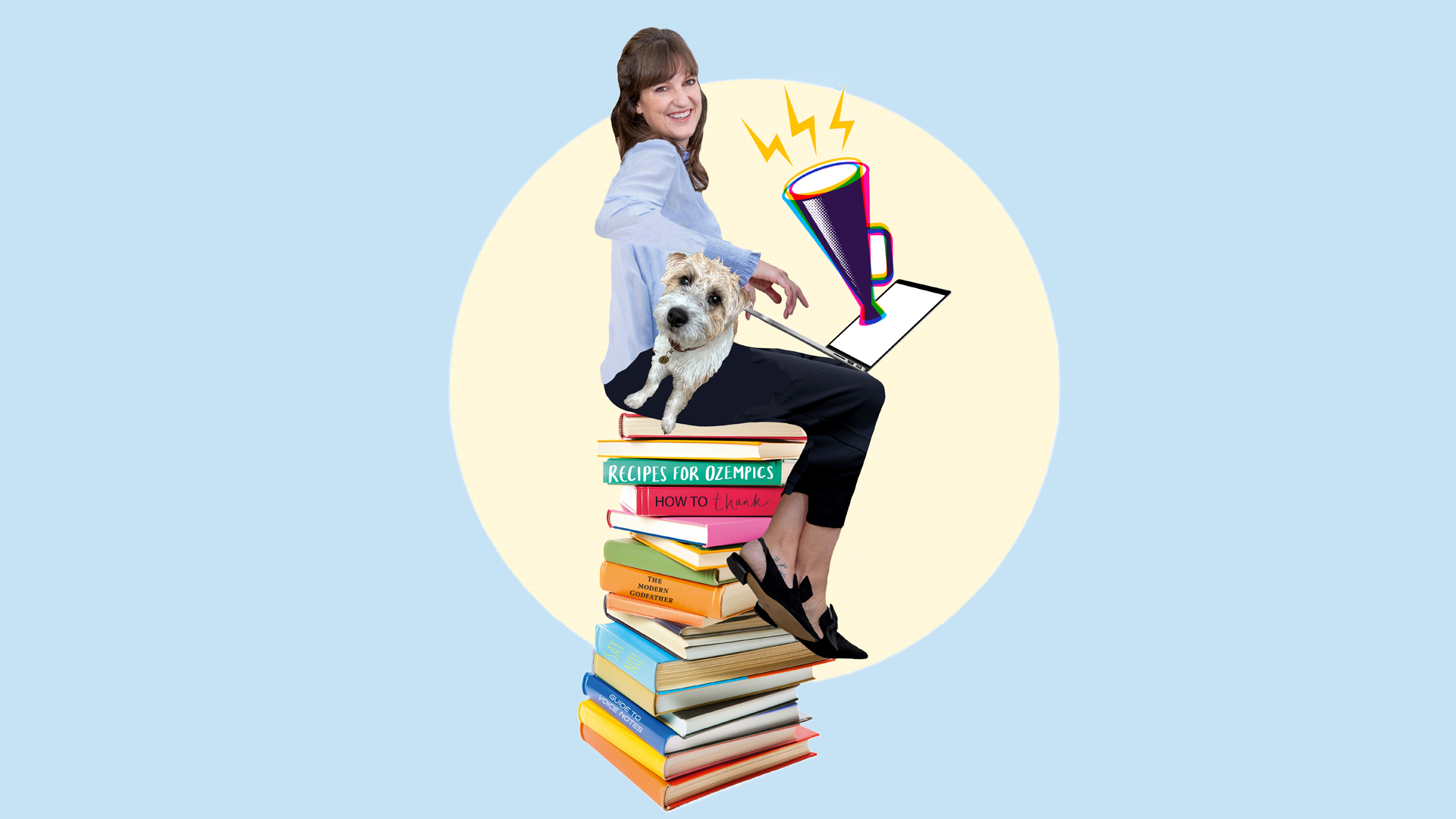 Sophia Money-Coutts: A snob's guide to meeting your in-laws for the first time
Sophia Money-Coutts: A snob's guide to meeting your in-laws for the first timeThere's little more daunting than meeting your (future) in-laws for the first time. Here's how to make the right kind of impression.
